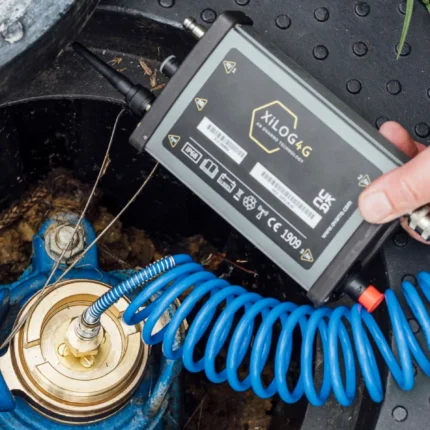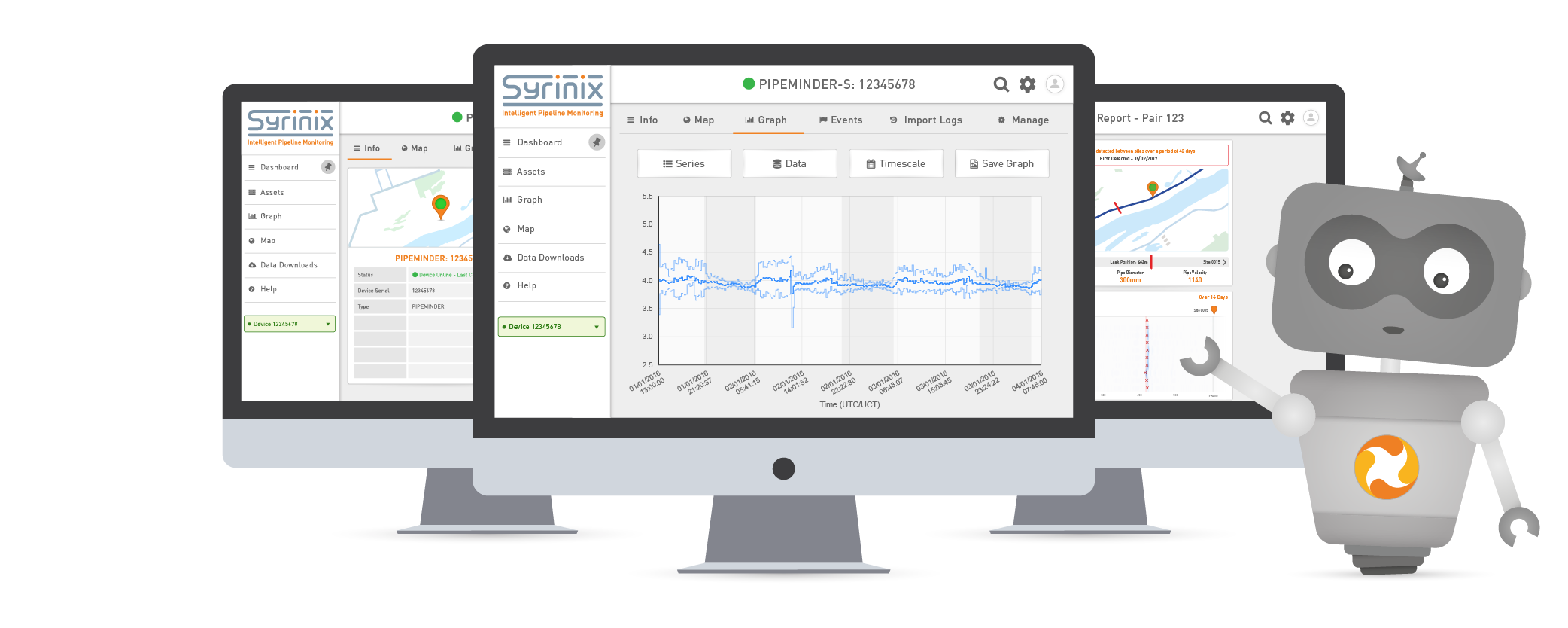Effective water network management is critical to ensuring infrastructure longevity, water loss reduction, and operational efficiency. One of the most pervasive threats to the structural integrity of pipelines is the phenomenon of pressure transients, often referred to as “water hammer”. These high-speed changes in water pressure can lead to significant asset fatigue, shorten the lifecycle of infrastructure, and increase the risk of pipeline failure.
In this blog post, we will explore the key concepts of pressure transient monitoring, their impacts on water networks, and how effective transient management strategies can help prevent failure, with particular reference to practices in Australia and New Zealand.
What Are Pressure Transients?
Pressure transients, also known as pressure surges or water hammer, occur when there is a sudden change in flow within a pipeline. These events can be triggered by various factors, including the rapid closing of valves, pump failures, or even operational changes within the network. When water velocity changes abruptly, a pressure wave is generated, travelling along the pipeline and potentially causing significant damage if not managed properly.
The Impact of Pressure Transients on Water Networks

The occurrence of pressure transients in water pipelines can lead to several operational challenges, including:
Pipeline Fatigue and Asset Deterioration
Continuous exposure to pressure transient events leads to asset fatigue. Over time, the constant pressure changes cause material stress, potentially resulting in cracks, joint failures, or even complete pipeline bursts.Water Loss and Leakage
Transients are a leading cause of leaks, especially in ageing or unreinforced pipelines. In Australia and New Zealand, where non-revenue water (NRW) reduction is a priority, detecting and managing pressure surges is essential to preventing unnecessary water loss.Operational Downtime and Maintenance Costs
Without adequate transient detection and pressure transient monitoring, unanticipated failures can result in expensive emergency repairs, service disruptions, and increased maintenance budgets.
Detecting and Managing Pressure Transients
Pressure Transient Monitoring Systems
Pressure transient monitoring involves installing transient data loggers throughout a water network. These loggers continuously measure pressure changes, helping detect real-time transient events. By logging pressure data over time, utilities can build a comprehensive view of how transients affect their networks and identify high-risk zones that may require immediate intervention. The data is often visualised in a powerful cloud portal, such as Syrinix RADAR, allowing the user to derive a range of actionable insights trigger by the embedded machine learning tools.
Water Hammer Detection
Water hammer is a particularly damaging type of pressure transient. Water hammer detection devices can capture rapid changes in flow and pressure, allowing network operators to assess the impact of each event. These systems are invaluable in preventing the escalation of minor events into catastrophic pipeline failures.
Pressure Surge Management
Pressure surge management systems work to dampen or absorb the shockwaves caused by pressure transients. Tools such as surge vessels, air valves, and properly timed valve closures are commonly used to reduce the magnitude of transient events and protect pipeline assets.
Network Calming Techniques
Some utilities adopt a network calming strategy, stabilising water flow and reducing transient frequency through proactive flow management. This approach may include optimising pump schedules, controlling valve operations, and ensuring smoother transitions in water velocity.
Transient Management: Best Practices for Australia and New Zealand
In Australia and New Zealand, where water scarcity and ageing infrastructure are major concerns, proactive transient management is becoming increasingly essential. Best practices include:
- Implementing District Metered Areas (DMAs): Segmentation of water networks into DMAs allows for more accurate monitoring of pressure and flow, helping to isolate transient issues.
- Pipeline Condition Assessment: Regularly assessing pipeline condition can help identify areas at risk of failure due to transient-related asset fatigue. Advanced tools, such as acoustic leak detection, can complement pressure monitoring to ensure a comprehensive approach to asset health.
- Real-Time Data Integration: Utilising real-time pressure and transient monitoring data enables utilities to make informed, data-driven decisions about network operations and maintenance schedules.

The Role of Transient Data Loggers in Pipeline Asset Lifecycle Management
Transient data loggers play a vital role in the overall lifecycle management of pipeline assets. By continuously capturing and analysing pressure data, utilities can:
- Identify trends in pressure fluctuations and transient occurrences.
- Prioritise asset replacement or rehabilitation based on areas with frequent transient events.
- Predict and prevent pipeline failures by acting on early signs of asset fatigue.
The combination of pressure transient monitoring with predictive maintenance strategies can significantly extend the life of critical pipeline infrastructure, reduce water loss, and improve operational efficiency.
Preventing Pipeline Failure with Transient Management
The ultimate goal of any transient management strategy is to prevent pipeline failure. As pressure transient events are a leading cause of such failures, utilities must adopt a multi-faceted approach that includes both pressure monitoring and surge management techniques. Furthermore, embedding these practices into a utility’s standard operating procedures helps ensure that networks remain resilient to changes in flow and pressure, especially during operational disruptions.
Key Steps for Pipeline Failure Prevention
- Deploying real-time transient monitoring to continuously observe network conditions.
- Having dedicated resources to review data, obtain insights and drive actions to improve network performance, engage with operations or customers, and assist with network calming initatives.
- Implementing surge protection devices to dampen shockwaves and reduce pressure surges.
- Utilising predictive maintenance based on transient event data to proactively repair at-risk pipeline sections.
- Regular Maintenance and Calibration ensuring all monitoring and surge control equipment is regularly inspected and calibrated to maintain accuracy in detecting and managing pressure fluctuations.
Conclusion
The management of pressure transients, water hammer, and related pipeline failures is a critical aspect of maintaining a healthy, long-lasting water network.
With technologies such as pressure transient monitoring, transient data loggers, and effective pressure surge management strategies, utilities in Australia and New Zealand can safeguard their water infrastructure from the detrimental effects of transients.
Adopting these techniques not only enhances asset longevity but also reduces water loss, increases operational efficiency, and ensures the continued delivery of water to communities.
By focusing on transient management and leveraging the latest monitoring technologies, utilities can future-proof their water networks, providing both resilience and efficiency.
For more information or to schedule a demonstration of our pressure transient monitoring solutions, please get in touch with us today.

